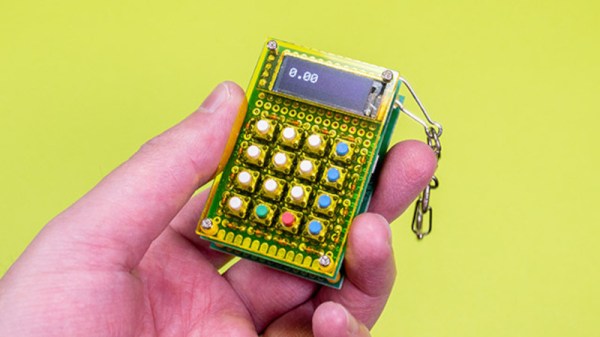Smartphones have replaced a desktop calculator for most folks these days, but sometimes that tactility is just what you need to get the mathematical juices flowing. Why not spruce up the scientific calculator of yore with the wonders of modern microcontrollers?
While you won’t be able to use Sci-Calc on a standardized test, this classy calculator will let you do some pretty cool things while clacking on its mechanical choc switches. Is it a calculator? Obviously. Is it an Arduboy-compatible device that can play simple games like your TI-84? Yes. Is it also a macropad and ESP32 dev board? Why not? If that isn’t enough, it’s also takes both standard and RPN inputs.
[Shao Duan] has really made this device clean and the menu system that rewrites main.bin based on the program selection is very clever. Escape writes main.bin back into the ROM from the SD card so you can select another application. A few classic games have already been ported, and the process looks fairly straightforward for any of your own favorites.
If you’re hankering for more mathy inputs, checkout the Mathboard or the MCM/70 from 1974.
Continue reading “Mechanical Switch Sci-Calc Is Also A Macropad”



















